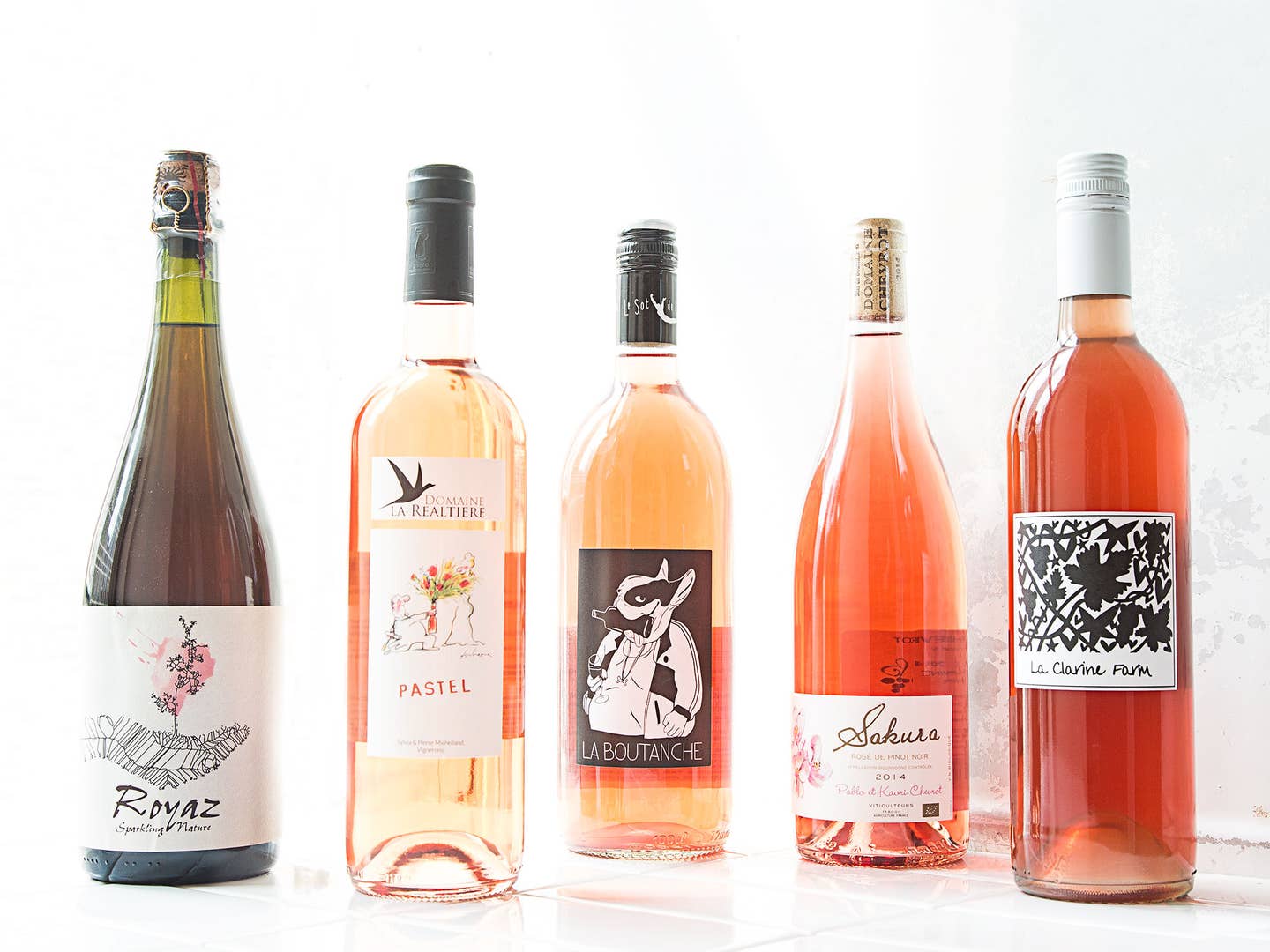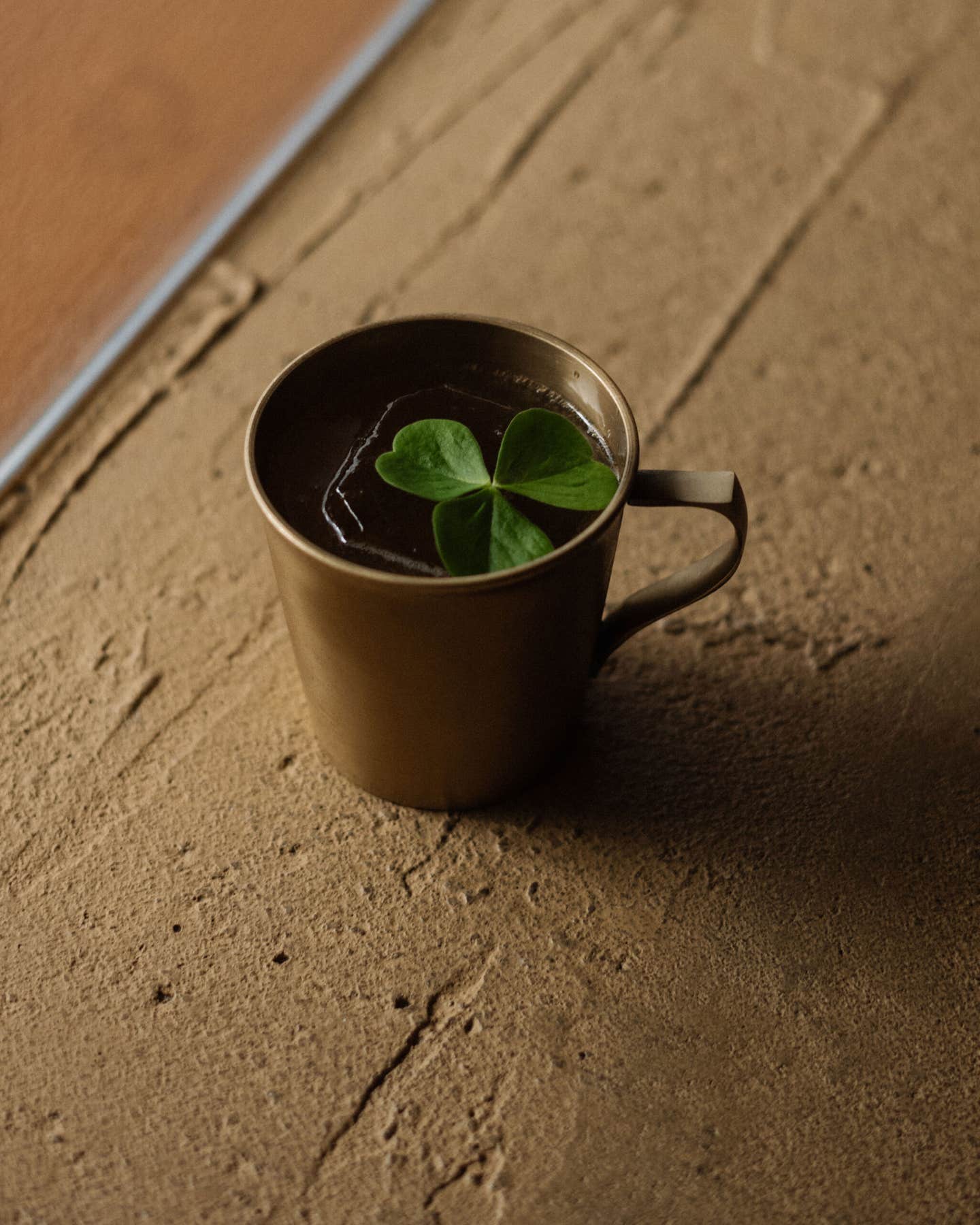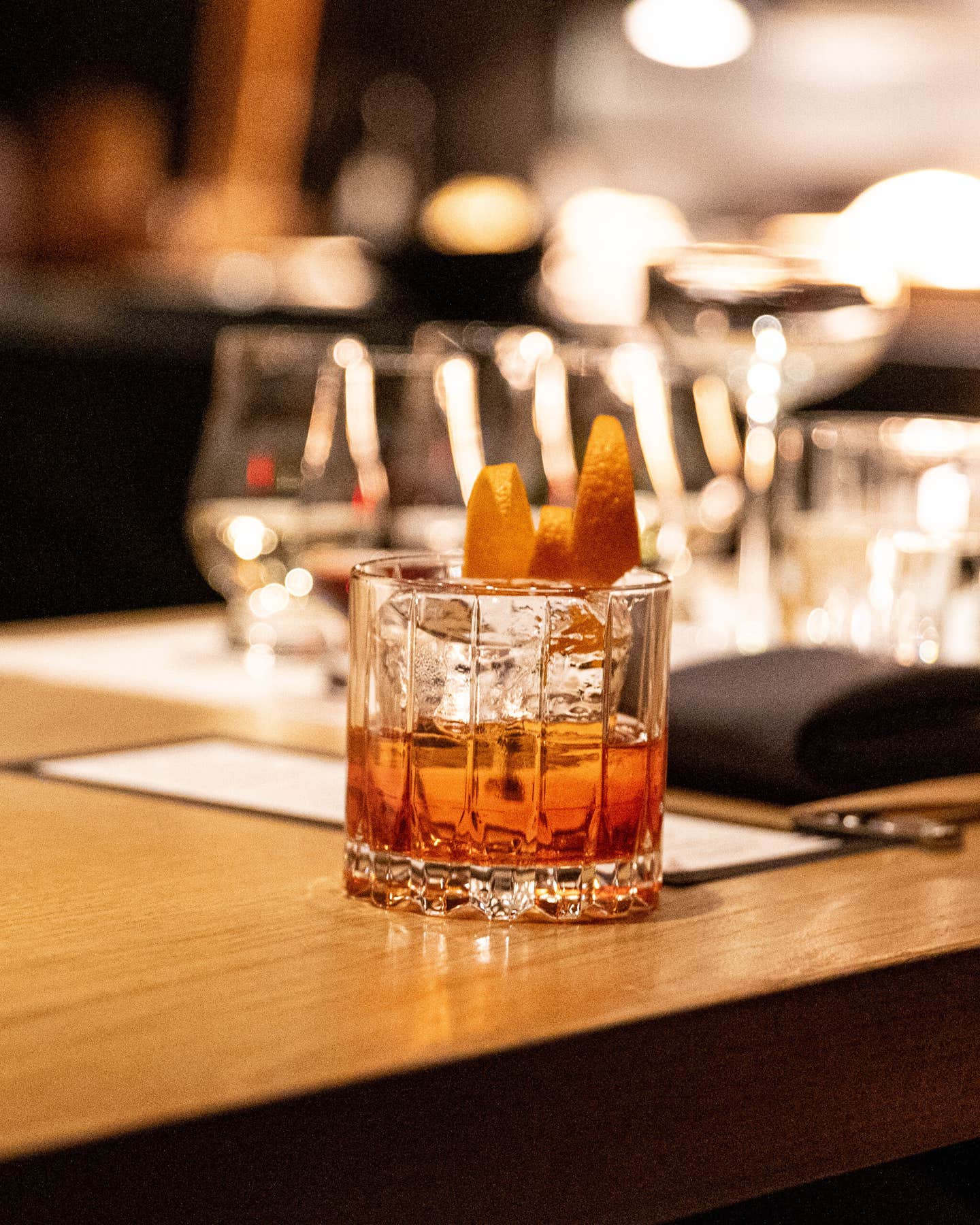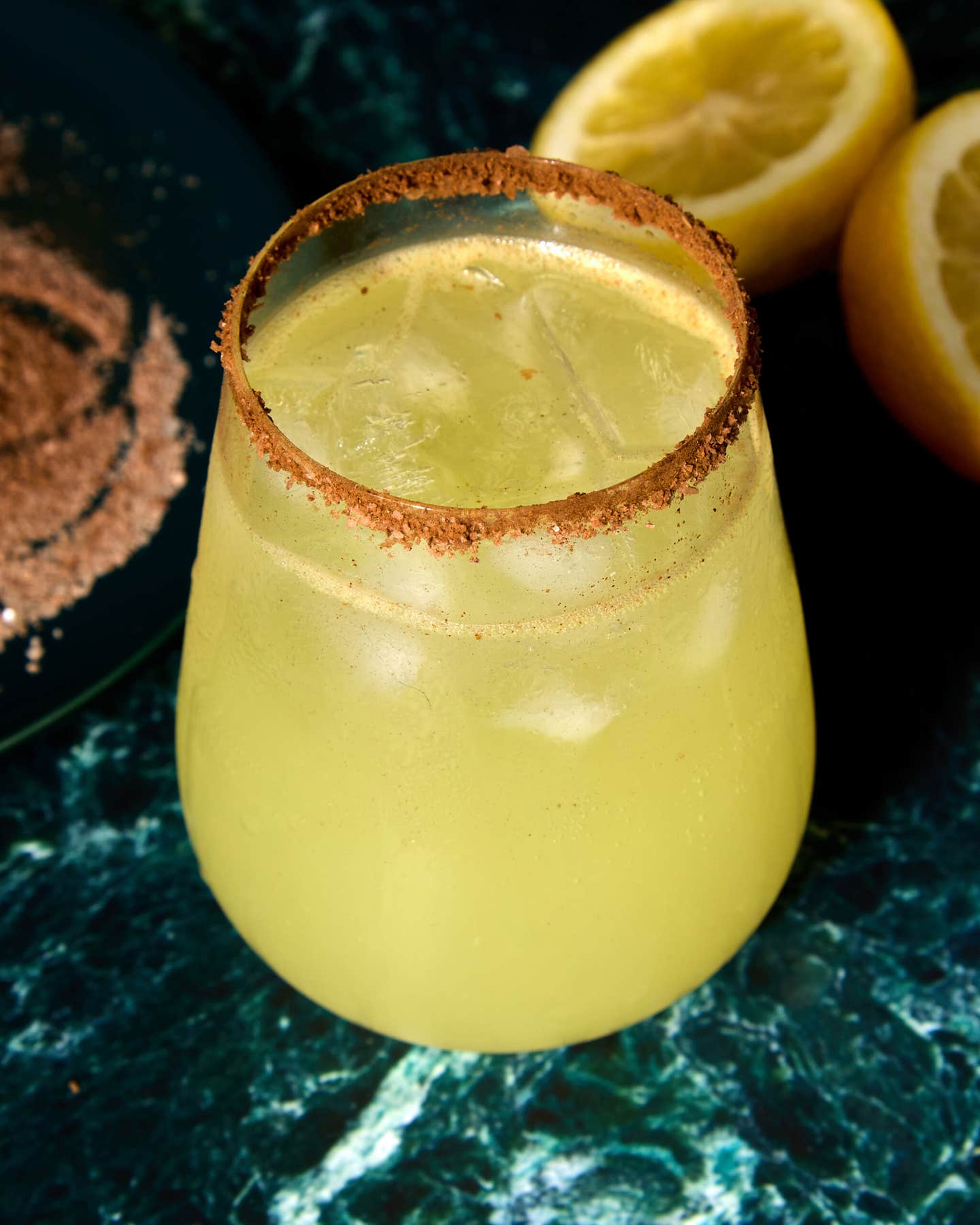
5 Natural Rosés to Drink All Summer Long
How natural winemakers are getting back to rosé’s roots—plus five bottles to seek out
Every Friday this summer, we will be celebrating Rosé Fridays, and sharing stories and information on the best of pink wine around the world. Today, the world of natural rosés—and why you should care about them.
The story goes that a few years back at a dinner surrounding the Meilleur Sommelier de France competition, Olivier Poussier (who held the title of Meilleur Sommelier du Monde) was asked to offer a toast to rosé. Instead, he delivered its obituary.
In front of his Provençal hosts, Pouissier proclaimed that rosé had become a travesty. The true version no longer existed. The death of rosé—a refreshing drink in the heat of summer, a wine that did double duty at the pool and the table—had come thanks to a marketer’s obsession with a certain blushing virgin color. And that color? The palest of pinks. Onion skins. Eye of the partridge. Inner thigh of a virgin (I’m not kidding there). When one is obsessed with a color instead of a wine, that’s a problem.
This travesty isn’t just limited to France. Worldwide, winemakers have been disrespecting the grape and its potential for quite a while. Some of the greatest offenses: chemical agriculture; aromatic yeasts (which can alter a wine’s smell); a slew of industrial processes and additives. But perhaps, when it comes to rosé, the worst accusation of all is manipulating color by way of technology.
I don’t know about you, but I don’t drink color; I drink a wine. And if a color is the main point of what I’m drinking, I’ll pass. You see, that pale rosé color is achieved mostly through PVPP (polyvinylpyrrolidone), a polymer with a checkered past. Its usage history ranges from blood plasma substitute to battery additive. In most of Provence, winemakers use it to achieve that perfect shade of blush.
As enologist Pierre Sanchez explained it to me, "Grapes are harvested relatively ripe and at rather high temperatures [in Provence]. The juices are generally quite colorful in the press, but can turn dark or orange" thanks to oxidation and bacteria. So winemakers often turn to PVPP. "[This] also tampers with certain aroma and flavoring compounds: PVPP 'corrects' bitterness and smooths out the flavor." When running after a color, the identity of a wine is lost.
Ever since the EU organic laws outlawed PVPP for organic wines, those who are organic (but not natural) turned to the alternative, a pea enzyme. Natural winemakers—those who work pretty much within the bounds of organic viticulture and don’t add or remove anything during winemaking—did what they always have done: make a rosé from their desired method, and take whatever color they get. If you want to explore the difference in rosés with organic or biodynamic viticulture, low to no sulfur, natural yeast and fermentation, no enzymes and a respect for a color that changes with every vintage, feel safe knowing that there are plenty of glorious natural ones. After all, both virgins (past and present) and rosés really do come in all shades of pink.
Here are five natural rosés to try out this summer:
Domaine de La Realtiere 2014 Rosé Cuvée Pastel
A rarity: a natural, sulfur-free Provençal rosé made from grenache, cabernet, and cinsault.
$12 at wine-searcher.com
Domaine Chevrot 2014 Rosé de Pinot Noir Sakura
A couple of years ago when I visited Pablo Chevrot in the burgundy village of Marange I knew he'd go more natural, and he did. I think of this wine as a cherry in the rain.
$16 at bootleggersliquor.com
La Clarine Farm 2014 Rosé
Made from mostly syrah and a little grenache; comes from the granitic soils of the Sierra foothills.
$18 at laclarinefarm.com
La Boutanche 2014 Rosé
Pure fun. That's all. Made from Loire Valley gamay, this wine isn't going to change anyone's life, but it will certainly bring pleasure.
$17 at chambersstwines.com
Rojac Royaz 2013
A no-sulfur sparkler that is perfect for breakfast, hailing from Slovenska Istra, Primorska (that's Istria to you). Refosc and syrah are the grapes.
$23 at wine-searcher.com
Alice Feiring publishes The Feiring Line, a newsletter focusing on real natural, biodynamic and organic wines. She is also the author of The Battle for Wine and Love or How I Saved the World from Parkerization as well as Naked Wines. Her next book on the natural wines of Georgia will be out in Spring 2016.
Keep Reading
Continue to Next Story










